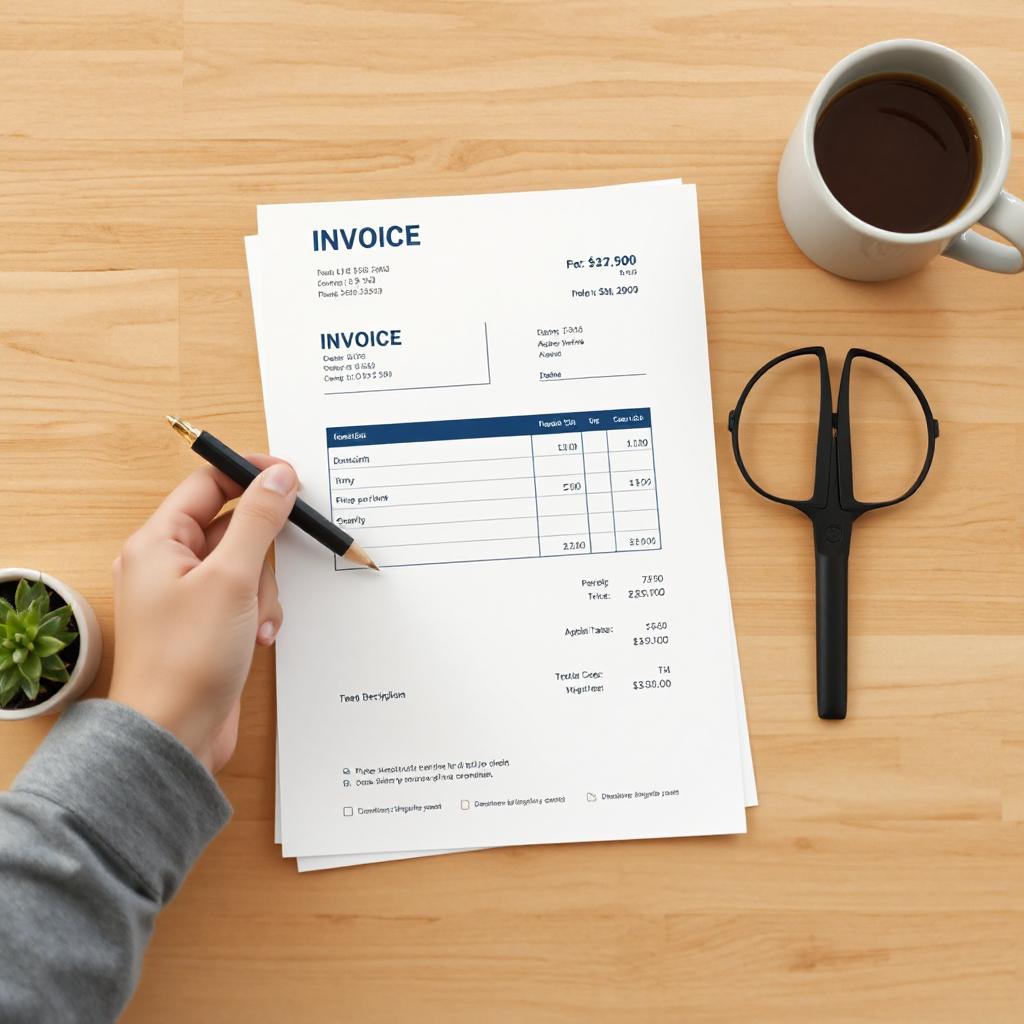Invoice Creation: Overview, Benefits, and Best Practices
Invoice creation is a crucial and foundational process for businesses engaged in the provision of goods or services. It serves as an official record that documents the specific details of a transaction, including the items or services delivered, their quantities, prices, applicable taxes, and any associated costs. An invoice not only outlines the agreed-upon payment terms, but it also acts as a formal request for payment, setting the expectations for both the business and the customer. This process ensures transparency, helps to avoid misunderstandings, and provides a legal record of the financial exchange, which can be referenced in future communications, audits, and legal matters.
How It Works
- A business delivers goods or services to a customer.
- An invoice is generated containing details of the transaction, including:
- Item description
- Quantity
- Price per item
- Total cost
- Applicable taxes
- The invoice specifies payment terms, typically ranging from 30 to 90 days.
- The customer is expected to remit payment within the specified period.

Benefits
Effective invoice creation is essential for maintaining financial transparency and ensuring smooth, reliable transactions between businesses and their customers. A well-crafted invoice provides a clear and itemized breakdown of goods or services rendered, fostering trust and minimizing the likelihood of disputes. It serves as a key tool for businesses to track revenue, manage cash flow, and maintain an accurate financial record for accounting purposes. Moreover, invoices communicate payment terms, due dates, and any late fees, helping to reinforce customer accountability. By providing clear information on financial obligations, effective invoice creation ensures that customers are fully aware of their payment responsibilities, thereby reducing the chances of missed or delayed payments, and supporting overall financial stability for the business.
Best Practices
- Ensure all transaction details are accurately included in the invoice.
- Clearly specify payment terms and deadlines.
- Use a consistent template for all invoices.
- Maintain digital records for easy access and management.